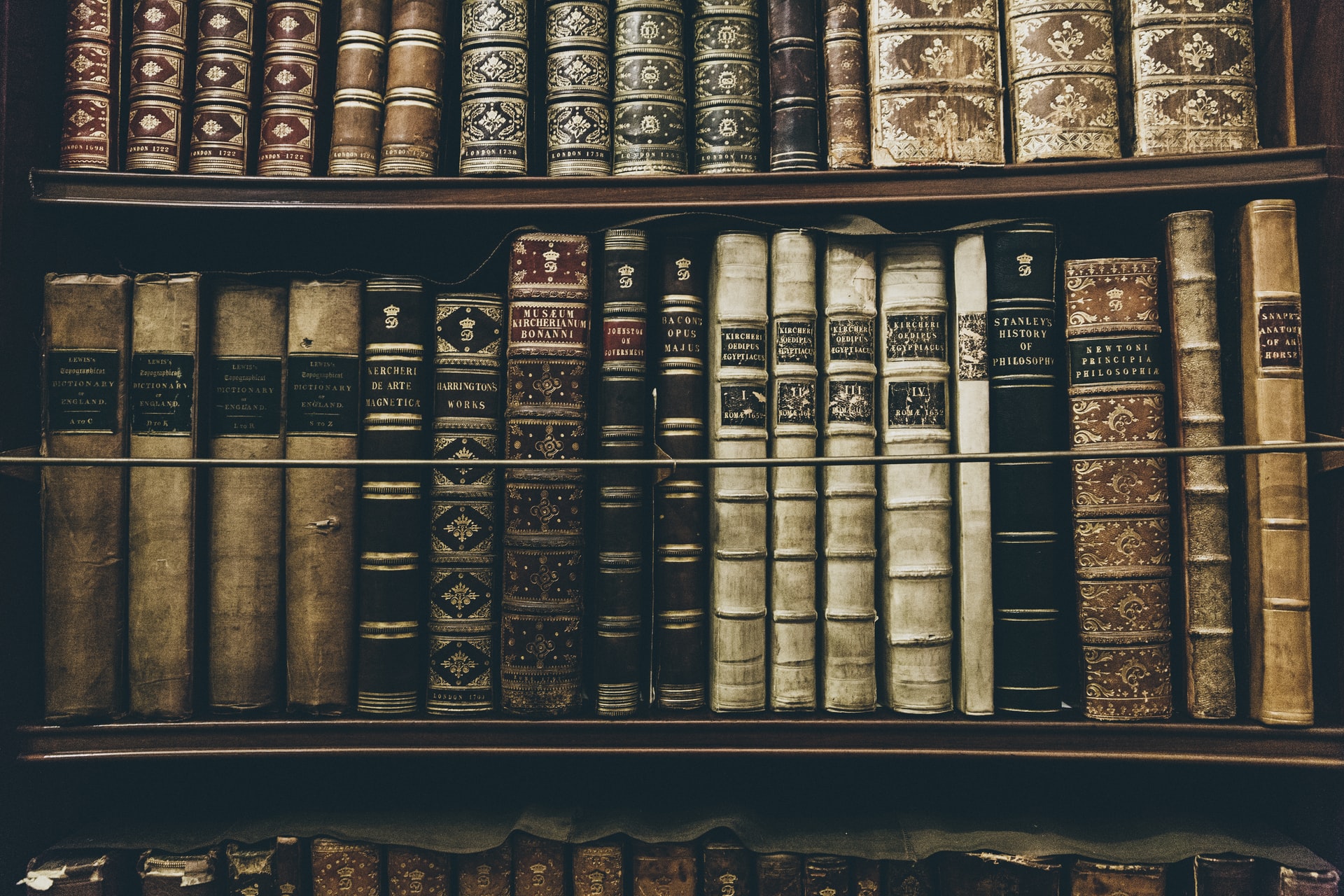
Culture Writer Beatrice Lancet argues for the importance of libraries as centres of escapism, learning and cultural heritage
When I was young, there was a library at the end of my road. The shelves held book after book full of worlds, adventures and possibilities that I was able to explore. Sadly, according to The Guardian, almost 800 libraries have closed between 2010 and 2019, taking their books and possibilities with them. For me, this is a shocking statistic, highlighting how many young people are being robbed of the escapism that can be found in literature.
Without these libraries in my community, I would never have learned to love the intricacies of language, the excitement of reading late into the night (just one more page!) and the sadness of leaving characters and worlds in their last pages.
In March 2021, The Honresfield Library announced that it would be putting up its precious manuscripts for auction at Sotheby’s. Cultural institutions, including these libraries and stately homes, help not only critics exploring these authors to piece together their perspectives on the world, but also foster an understanding of English cultural importance. The incredible collection includes Emily Brontë’s notebook, which holds 31 poems, previously believed to be lost
The library was built near Rochdale in 1879 by the brothers, Alfred and William Law. This was handed down until 1939, where the library was no longer available for the public to view. The library holds significant manuscripts and letters from writers including the three Brontë sisters, Walter Scott and Jane Austen.
The incredible collection includes Emily Brontë’s notebook, which holds 31 poems, previously believed to be lost. Of only three of Austen’s letters which are held in cultural institutions in the United Kingdom, two are on Honresfield’s shelves. One letter, to her sister dated January 1796, discusses her love affair with the Irish Tom Lefroy, whose offer of marriage Austen went on to refuse. Alongside these, the library has autography manuscripts from Walter Scott and Robert Burns and first editions of Jane Eyre, Wuthering Heights and The Tenant of Wildfell Hall.
Friends of the National Libraries (FNL), whose patron is the Prince of Wales, raised over £15 million to be able to make these manuscripts available to the public for the next generations. The library has been renamed the Blavatnik Honresfield Library after the arts patron Leonard Blavatnik, who donated half of the sum raised. Triumphantly the FNL released a statement saying that ‘this literary cornucopia will now belong permanently to the public domain in the UK’. Many of the texts have now been given to The British Library, and others to the Brontë Parsonage Museum and the Brotherton Library to remain open to the public. This feeling [of awe], brought on being able to see physical evidence of these creations, must be protected
I still remember how in awe I felt going to The British Library and seeing Sylvia Plath’s handwritten poems after having studied her poetry at A-Level, and this feeling, brought on being able to see physical evidence of these creations, must be protected. Professor Sutherland calls manuscripts ‘sticky with their writers’ presence.’ A feeling of closeness seems to envelop you. No matter how long ago a hand crossed those pages, seeing handwritten letters and pages from writers makes that time fly away. It makes it feel present.
Culture Secretary Nadine Dorries called these manuscripts ‘literary Crown Jewels’ and in a world where many arts-focused careers, including those in the live music, dance and theatre sectors, are endangered by the pandemic, it is of increasing importance to allow cultural heritage to be shared and to have an active engagement with it.
As an English Literature student, my views on manuscripts, texts and novels are perhaps biased, yet I do feel that they can open up so many possibilities. By having these texts available to the public, each of us is part of the history of how these books came to be and how they have endured through time.
Enjoyed This? Read more from Redbrick Culture here!
From Tarot Cards to Wedding Rings: Sylvia Plath’s Auction Sheds Further Light on her Life and Work
The Lick-Assos of Our Generation: An Unconventional Method of Fund-Raising
Comments